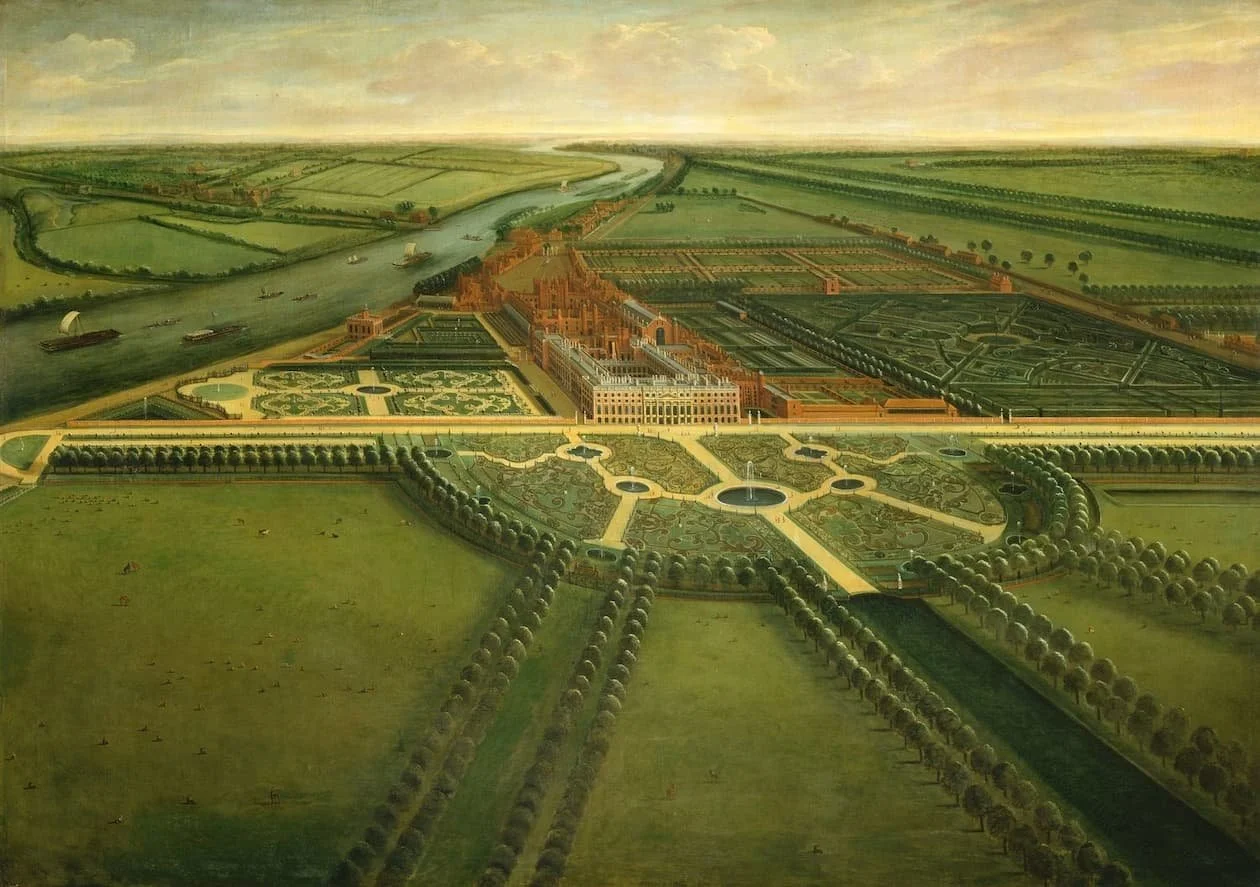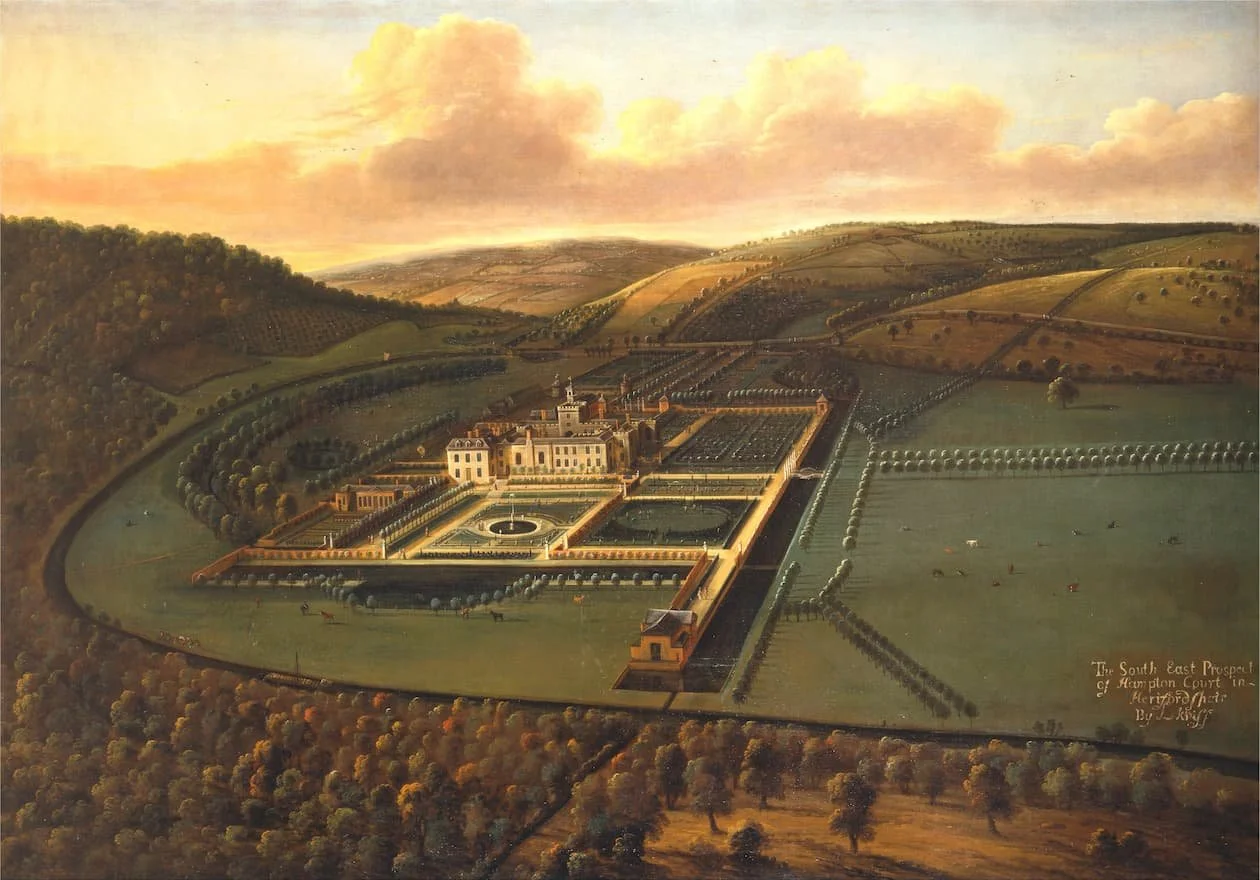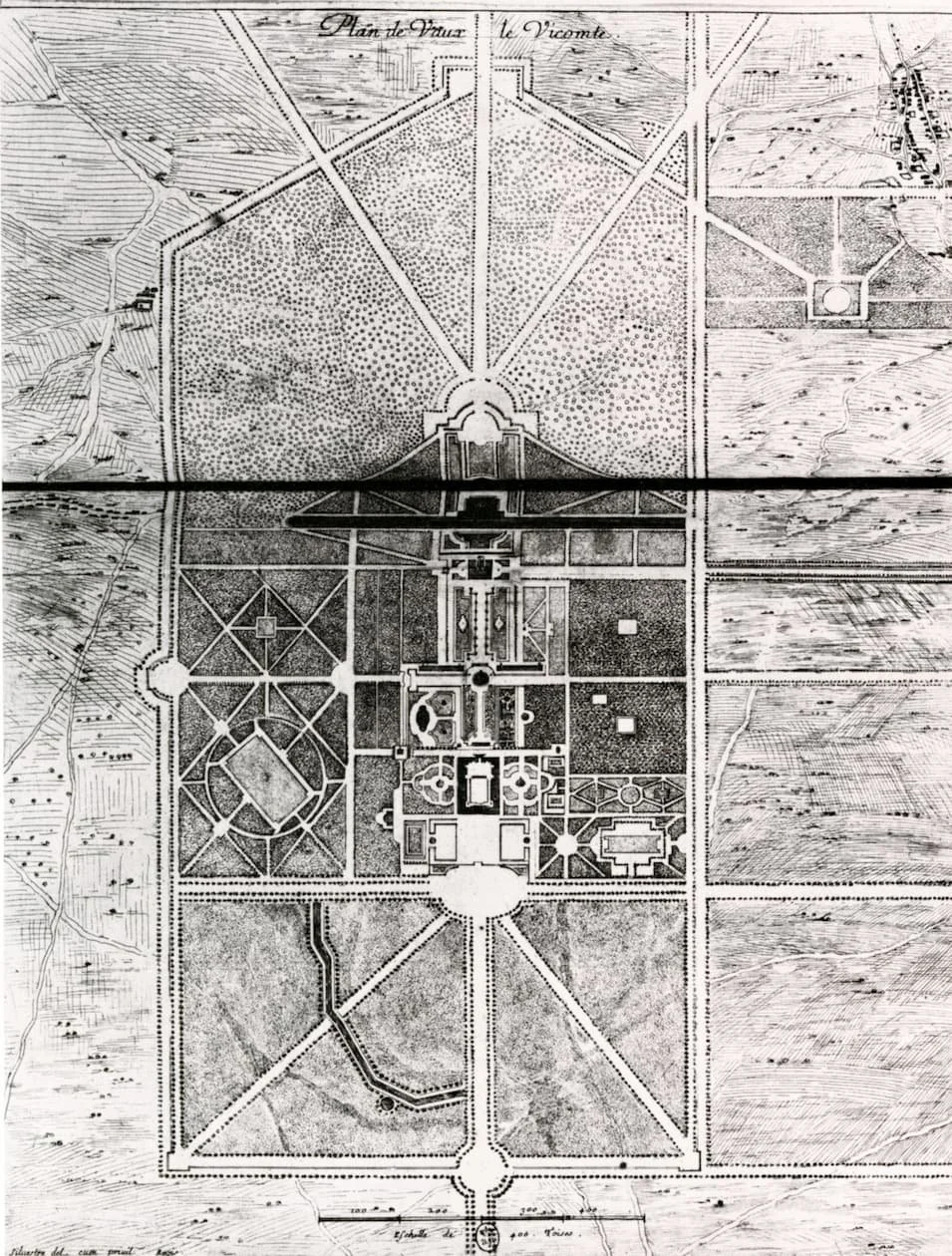~ Section 4 - The Spectacle of Renaissance & Baroque Gardens, Styles & Epochs of Art ~
“Order, Power, and the Theatre of Nature”
After the enclosed spirituality of the Medieval cloister, the Renaissance reopened the landscape to light, geometry, and human reason. Inspired by classical ideals, artists and architects reimagined nature as a mirror of intellect and proportion. The Baroque age followed — dynamic, theatrical, and cosmic — where gardens became living stages of movement, emotion, and divine order made visible.
© This article references early LASD Studio, Yura Lotonenko white-paper research (2011 – 2017) exploring intersections between Art and Landscape Philosophy
Video Episode of Section 4 — The Renaissance & Baroque Gardens
In this chapter, LASD Studio traces the evolution of gardens as instruments of art, power, and knowledge. From the rational harmony of the Renaissance to the sensory drama of the Baroque, the landscape becomes a dialogue between man, nature, and the cosmos — revealing how geometry, water, and perspective shaped Europe’s grandest outdoor theatres.
Discover how proportion, perspective, and cosmic order transformed gardens into living works of art. Project by LASD Studio.
The Epoch Overview
Historical & Cultural Context
From the 15th to the 18th century, Europe rediscovered ancient philosophy and humanistic science. The Renaissance revived geometry and perspective as symbols of reason, while the Baroque transformed them into spectacle and motion. Nature was no longer divine mystery — it was a system to be understood, measured, and performed.
Fine Art & Aesthetic Principles
Perspective, symmetry, and axial alignment governed painting, sculpture, and landscape. Gardens became extensions of architecture — instruments of vision. In the Baroque age, these forms exploded into grandeur: terraces, fountains, and cascades designed to evoke awe and movement, orchestrated like music in stone and water.
Influence on Early Landscape Thought
The Renaissance reintroduced landscape as art; the Baroque made it emotional experience. This era birthed the concept of “designed nature” — a human-crafted cosmos. It laid the foundation for modern planning, spatial composition, and environmental psychology.
Key Artists, Philosophers & Landscape Architects



















Leon Battista Alberti — Harmony and the Human Measure
Architect and theorist Alberti established the principles of proportion and perspective that shaped both painting and garden design. His treatises connected geometry with virtue, proposing that beauty arises from mathematical harmony — a belief that echoed through every Renaissance landscape.
André Le Nôtre — Master of Perspective and the Infinite Axis
André Le Nôtre (1613 – 1700), chief gardener of Louis XIV, transformed geometry into imperial vision.
At Versailles, Vaux-le-Vicomte, and Chantilly, he extended the Renaissance ideal of order into an instrument of power — turning the landscape itself into an axis of control and cosmic symbolism.
Le Nôtre perfected the art of prospective illusion: canals that vanish to infinity, terraces that adjust optical scale, and parterres that read like embroidery when seen from above.
His gardens became the living diagrams of human ambition — the theatre of the Sun King — and defined European landscape planning for centuries.
Andrea Palladio — Architecture and the Garden Axis
Palladio’s villas and axial compositions unified building and environment. His spatial logic became the foundation of classical landscape order — a timeless dialogue between geometry and nature.
Bernini & Le Nôtre — The Baroque Masters of Motion
Gian Lorenzo Bernini sculpted space as emotion. André Le Nôtre extended this theatricality into Versailles, where perspective became infinite and water orchestrated royal power. Their works embodied control over nature as both art and ideology.
Main Landscape Architectural Features of the Epoch
Design Principles
Axial geometry, perspective, and hierarchy — the garden as a cosmic diagram. Renaissance gardens were governed by order and reason; Baroque gardens expressed power through drama, scale, and light.
Materiality & Plant Palette
Terraces, balustrades, marble fountains, reflective pools, and sculpted parterres. Cypress, myrtle, boxwood, laurel, and citrus were chosen for formality, fragrance, and evergreen vitality — the eternal green of civilization.
Evolutionary Interpretation
In LASD Studio’s reading, Renaissance and Baroque landscapes marked humanity’s awakening to the intelligence of form — a synthesis of ecology and perception. The garden became a “living machine of order”, anticipating the systematic thinking of modern design and the dynamic balance of today’s regenerative landscapes.
LASD Studio Interpretation & Works
Reinterpreting Geometry, Movement, and Light
LASD Studio reimagines Renaissance and Baroque principles through contemporary compositions that merge precision with emotion. Gardens and courtyards unfold as modern theatres of ecology — spaces where human creativity and natural process perform together in harmony.
